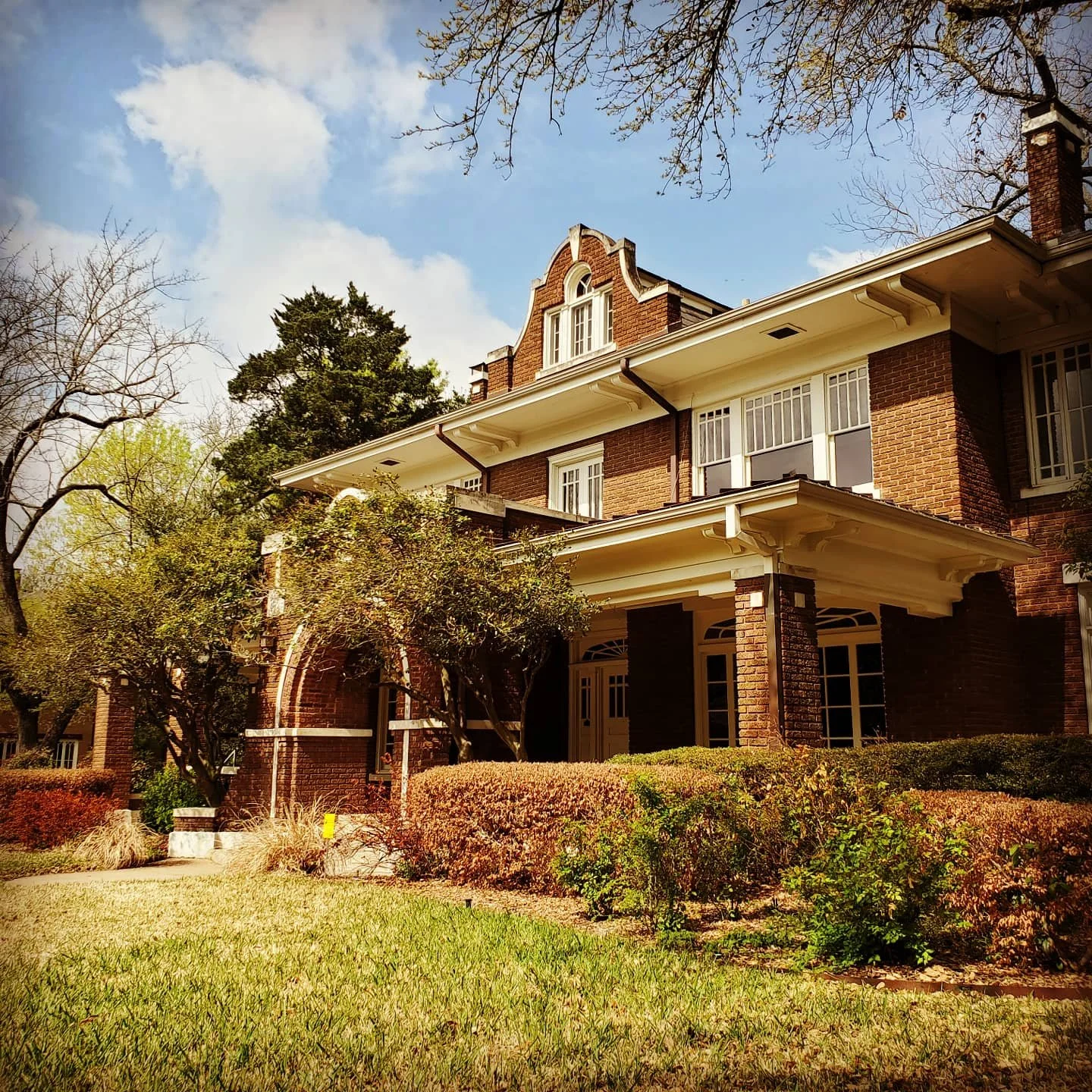Studio Outside is pleased to share an interview we had with Heather Venhaus, principal of Regenerative Environmental Design (RED), a sustainable design-consulting firm in Austin, Texas that strives to connect natural and built systems in mutually beneficial ways. Heather works with clients to optimize environmental performance while minimizing resource use and long-term maintenance costs. Heather has held several leadership roles in the American Society of Landscape Architects and the U. S. Green Building Council at both local and national levels.
1. I read that you are a West Texas native. How has that environment inspired you and your work throughout the years? Do you often return for inspiration?
Growing up in a West Texas farming and ranching family significantly influenced me and my land ethic. I was keenly aware of the relationship between the land and the people and the impacts they can have on each other. Comparisons of wet and dry years, native and CRP grasslands, Ogallala aquifer levels, farming practices and stories of the Dust Bowl - all shaped my ideas around soil restoration, water conservation, stewardship, and resiliency.
2. What attracted you to a landscape architecture program? What eventually made you pivot from the landscape architecture industry and move into a related field? How did this lead you to start your own consulting firm and authoring Designing the Sustainable Site?
I was initially attracted to landscape architecture because it sounded like an interesting cross between design and land management. Before going to college, I had never heard of landscape architecture or met a landscape architect. I really had no idea what to expect. I liked the challenge and creativity of the design studios but wanted to spend more time outside understanding and connecting with nature. This led me to focus on ecological restoration, the teachings of Aldo Leopold, and a stronger science background. Applied Ecological Services in Wisconsin gave me my first job out of college. AES is an interesting cross between a native plant nursery and an ecological design/build firm. I learned tons, and I am grateful for all they taught me. I found a niche working with designers, natural scientists, and educators. This eventually led to work at the Lady Bird Johnson Wildflower Center, where I was lucky enough to be immersed in research, consulting, and the development of SITES. After a decade at the Wildflower Center, we decided to start a family, and I knew I would need more flexibility. After our son was born, I took a leap of faith and resigned. Not long after, Wiley approached me with the opportunity to work on a book, which I wrote while Emmett napped on the weekends. It was a long two years; I’m still tired! Thankfully, clients also found me, which led to me starting Regenerative Environmental Design. At RED, I worked to connect natural and built systems in mutually beneficial ways. My work focuses on site performance and building resiliency in urban and rural environments.
3. What is your process in balancing a one-size-fits-all sustainability approach vs. solving site-specific problems? How do you see professionals balancing these methodologies when designing for SITES certification?
Because landscapes are made up of living systems impacted by the surrounding environment, I’m not sure you can have a one-size-fits-all approach and call it sustainable. Project teams must go beyond the typical materials selection and energy/water conservation practices and find ways to preserve and restore the ecological processes that provide ecosystem services – the varied benefits provided by nature that make life possible for people.
SITES is a performance-based metric that was developed around the science of ecosystem services. It acknowledges the connection between the biotic and abiotic components of a landscape. The prerequisite and credit structure lead teams to better consider the associations between design solutions and multiple benefits.
4. What specific sector of sustainability in the built environment are you most excited to focus on in the next decade? What are the indicators you see now that make you want to focus on this?
As our populations and cities continue to grow, I increasingly see the need for high-performance urban landscapes that accomplish multiple ecosystem services and, most importantly, connect people to nature. I want to be part of projects that help cities create clean air and water, provide food and habitat, and improve our health. I also want to be part of projects that bring sustainability and a love of nature into places it is not commonly found.
5. We are currently working with you on The Ditch, which is attempting to achieve SITES Platinum. Tell us a little about this project from your perspective and what is unique about it when compared to other SITES projects?
There are over 200 SITES projects in the world, and only two are platinum. It’s a high bar, but I believe this owner and the design and construction team are right for the challenge. To move from SITES Gold to Platinum, projects need a champion, leadership from the Owner that is creative and tenacious enough to make it happen. The Middle Trinity Groundwater District project manager Stephanie Keith is our champion. Her energy, vision and passion are a strong driving force. I find the Ditch super exciting because it shows that sustainability, at a very high level, can be achieved on smaller projects with a limited budget. I also find the educational opportunities for visitors, the community, and groundwater districts across the state to be inspiring and a reason to work hard towards SITES Platinum.
Click here for more information about: Heather Venhaus, Regenerative Environmental Design (RED), and SITES.













